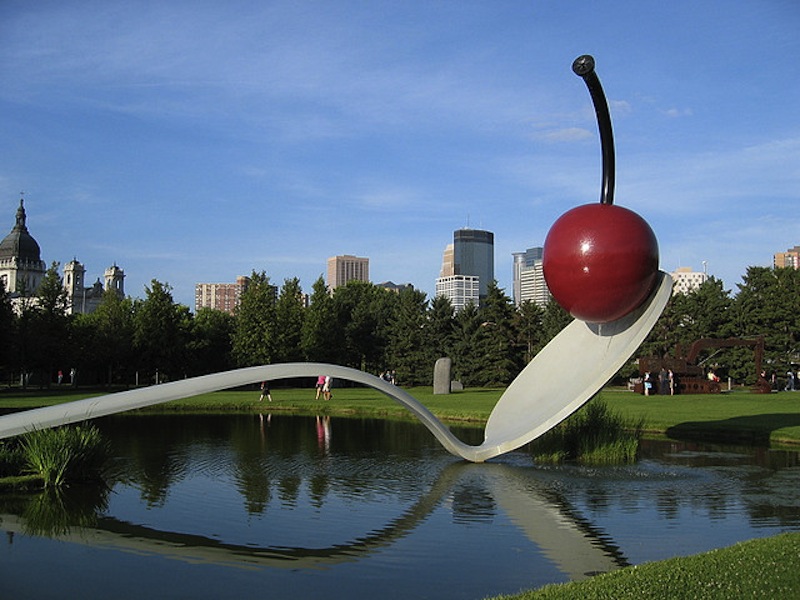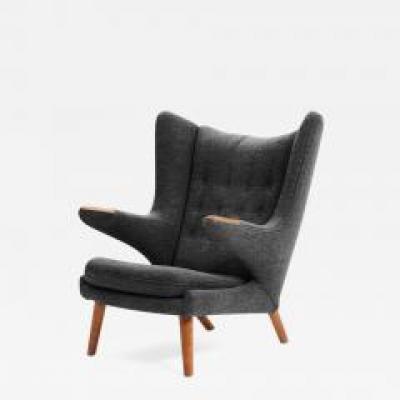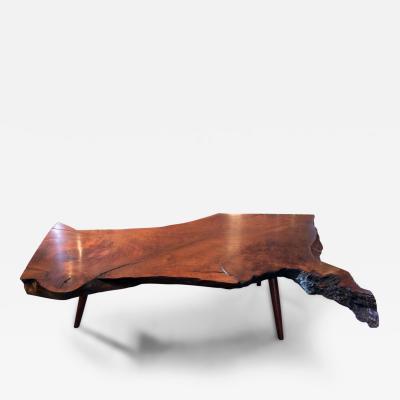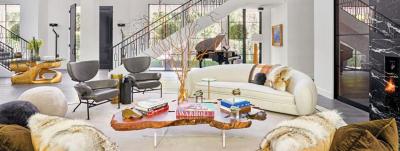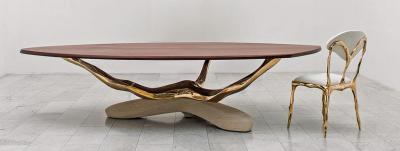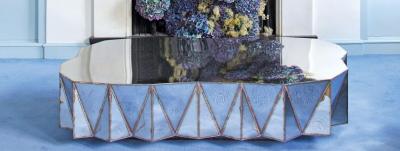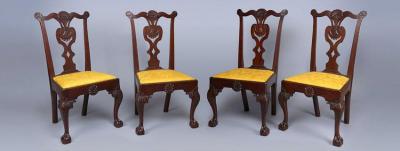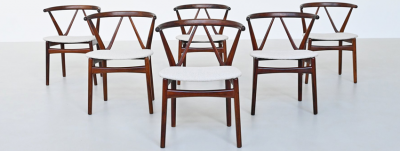The Stedelijk Museum Receives Major Gift from Claes Oldenburg and Coosje van Bruggen
Amsterdam’s Stedelijk Museum, which specializes in modern and contemporary art and design, has received a major gift from the Swedish-born sculptor Claes Oldenburg and his late wife and long-time collaborator, Coosje van Bruggen. The couple met in 1976 while van Bruggen was working as a curator at the Stedelijk. Together, they created a swath of colorful, large-scale public sculptures, including Flashlight in Las Vegas, Clothespin in Philadelphia, Spoonbridge and Cherry in Minnesota, and Shuttlecocks in Kansas City.
Oldenburg and van Bruggen’s gift includes 175 works by 34 artists and spans a wide range of media -- from correspondence material and archival documents to installations, collages, sculptures, photographs, works on paper, books, and posters. van Bruggen served as a member of the curatorial staff at the Stedelijk from 1967 to 1971, a breakthrough period for conceptual and minimalist art. She went on to become an independent curator and accomplished critic. Her time at the Stedelijk likely informed the thoughtful gift, which includes many works by artists that the institution has long collected. Highlights from the bequest include early books, posters, and small sculptures by the conceptual artist Lawrence Weiner; a group of poems and a small sculpture by the minimalist Carl Andre; rare photo experiments by Bruce Nauman; early photographs by Jeff Wall; and artist’s books by Ed Ruscha, including his iconic 26 Gasoline Stations.
According to a release from the museum, Bart Rutten, the Head of Collections at the Stedelijk, said, “Perhaps the most striking aspect of the gift is its intimacy. Where conceptual and minimalist art are often considered clinical and analytical, a very human and personal overtone resounds throughout this collection. You can almost feel Coosje’s presence – she had worked with many of these artists, and developed close ties with them. It is a personal archive of a prominent art critic and artist who sustained friendships with many artists.”
Founded in 1874, the Stedelijk’s collection was originally housed at the Rijksmuseum, the Netherlands’ national museum, but moved into its own A.W. Weissman-designed building in 1895. For its first decades, the institution maintained a diverse collection, which included works of contemporary Dutch and French masters, but also period rooms. Beginning around 1920, the institution narrowed its focus and concentrated more rigorously on modern and contemporary art.















